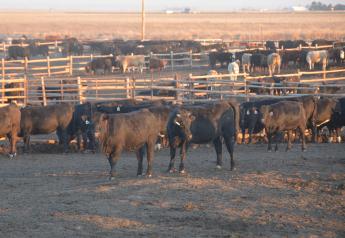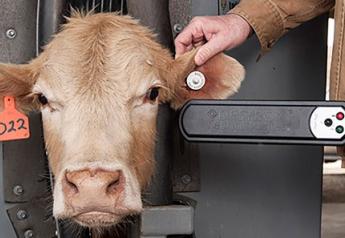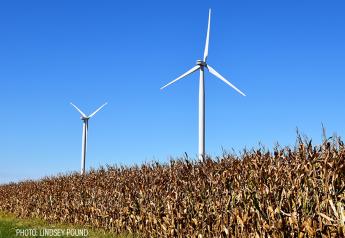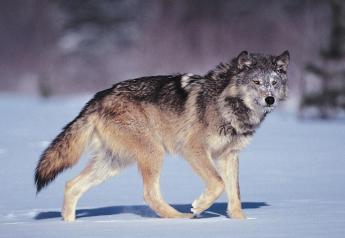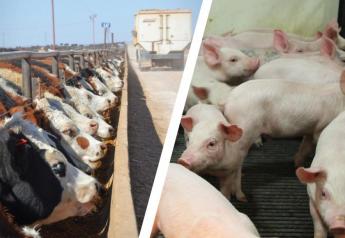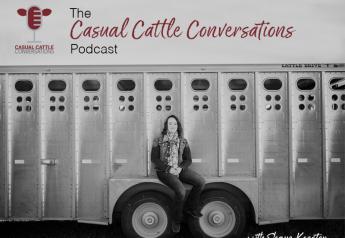Ground Meat: Don’t Believe Everything You See on Social Media
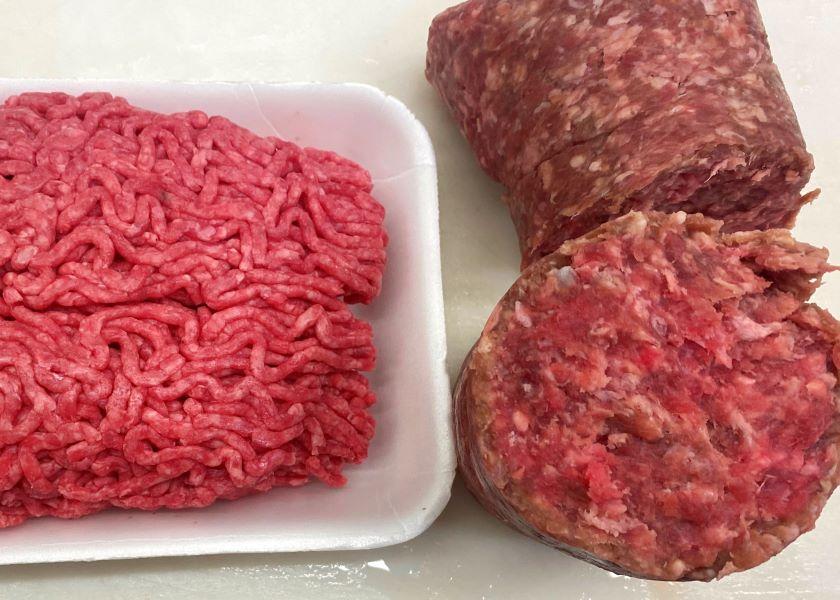
Not too long ago my wife sent me a screenshot of a Facebook post (which has since been taken down) which showed a package of retail ground beef and a package of ground beef recently thawed from wax-lined freezer paper. There are multiple reasons as to why the products look different; unfortunately, those reasons were not explained by the author.
Anecdotally, we all think the vegetables we raise in our garden taste the best. I’ve often heard folks say, “You can’t buy meat like that in the store.” I grew up eating pork and beef from the animals on my family’s farm. I was proud of the products my family produced and continue to be proud of the products my daughter’s show pigs produce today.
However, the fresh meat products in the grocery store are fundamentally the same as those marketed direct-to-consumer. Ultimately, the shelf-life, quality and palatability of meat products is due to the biology and chemistry associated with the genetics, management, slaughter and processing of the animal. Consider these following points.
-
Relative to labeling
If anything is added to ground beef or pork, it must be listed on the label. Ground beef or pork can only contain skeletal meat.
-
Packaging/exposure to oxygen
The package on the left was likely packaged on a Styrofoam tray with oxygen-permeable polyvinyl chloride overwrap allowing myoglobin, the pigment protein in the meat, to bind oxygen and “bloom” to become bright and pretty. The package on the right appears to have been opened after being wrapped in freezer paper to protect it during frozen storage. After 30 minutes of exposure to oxygen, the myoglobin in the ground beef on the right will bind oxygen and look similar to the other.
Ground pork has been a big winner for the US industry post-COVID due to being a flavorful, versatile, inexpensive alternative to ground beef. Pork does not have as much myoglobin as beef, so the “blooming” reaction when exposed to oxygen is not as dramatic, but the proteins work the same between species.
-
Fat percentage and blending
The package on the left looks to be approximately 80% lean and 20% fat and was likely ground with a coarse plate, mixed and then fine ground at least once. The other product appears to be over 90% lean and probably fine ground only once and never blended. With less fat included, the ground beef on the right will be darker red and the fat particles will be more uneven in distribution and larger particle size, regardless of exposure to oxygen.
-
Animal age and/or plane of nutrition
Ground beef processed commercially will often combine lean trim from the leaner parts of fed beef carcasses and/or trim from non-fed cow and bull carcasses (90’s) with the fattier parts of fed steer and heifer carcasses (50’s) to make ground beef to a targeted lean point, often 80% lean and 20% fat. Products which are higher percent lean, as that on the right with darker leaner trim will often have more myoglobin per gram and potentially a higher pH which leads to a more stable pigment. Additionally, the color proteins from darker or older beef can become “tired” and will not have the same reducing activity and will not bloom or oxygenate at the same rate.
I realize the U.S. pork business is drastically different from the U.S. beef industry relative to vertical integration, but we still have many sizeable niche markets focused on direct-to-consumer, meat quality, live export, roaster pigs, show hogs and pigs for medical research. Collectively, as an industry, we are stronger together than we are apart.
As I have said before, it is great to have your own opinion, but not your own facts. We must be honest, transparent and science-based. Personally, I believe it is better to simply talk about how you produce food and allow consumers to decide, rather than making disparaging remarks about how others produce food.
More from Chad Carr:
Food-Savvy Vs. Food Safety: Fretting Fathers Listen Up
Help Wanted: Animal Agriculture Needs to Increase Career Awareness


